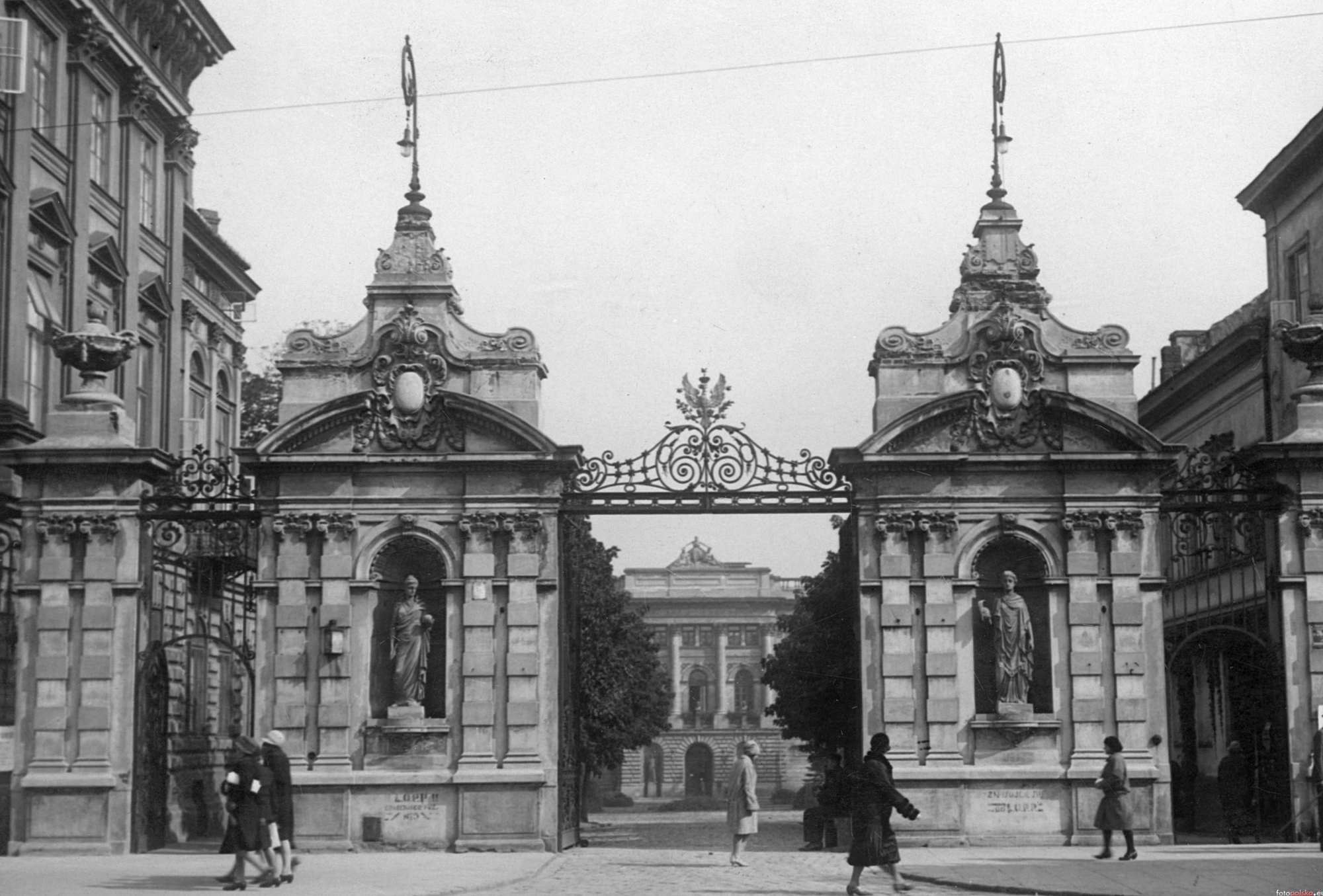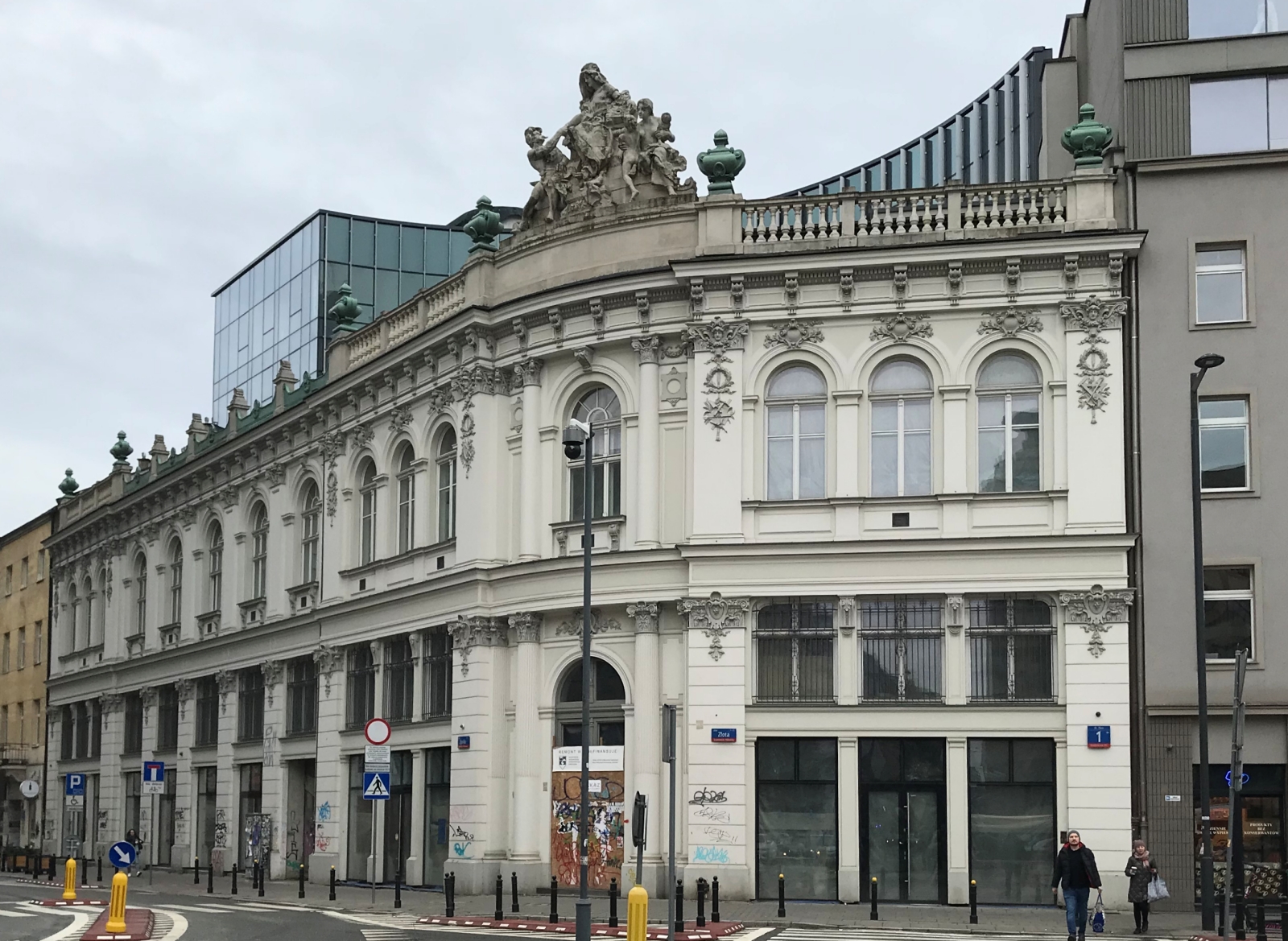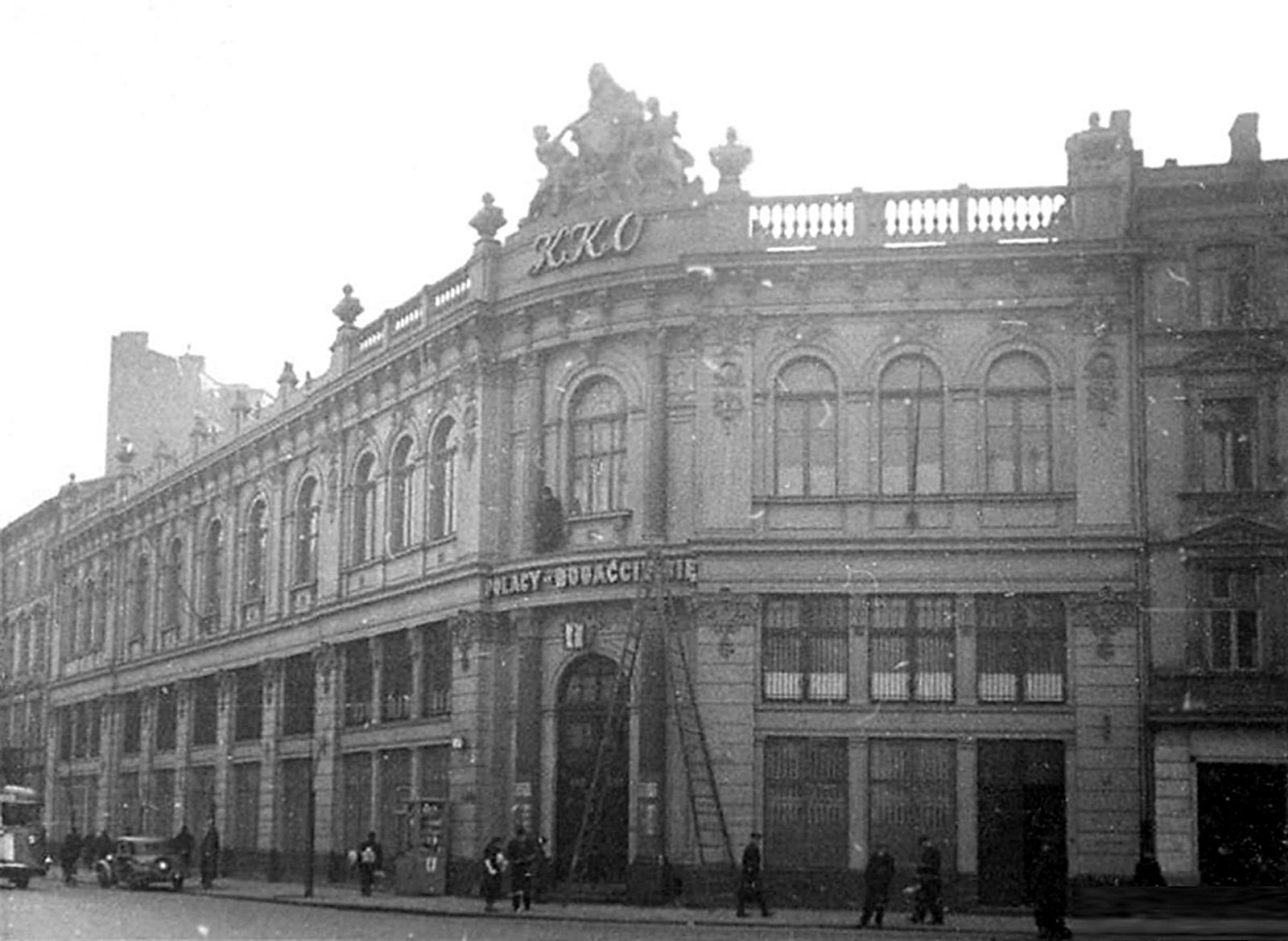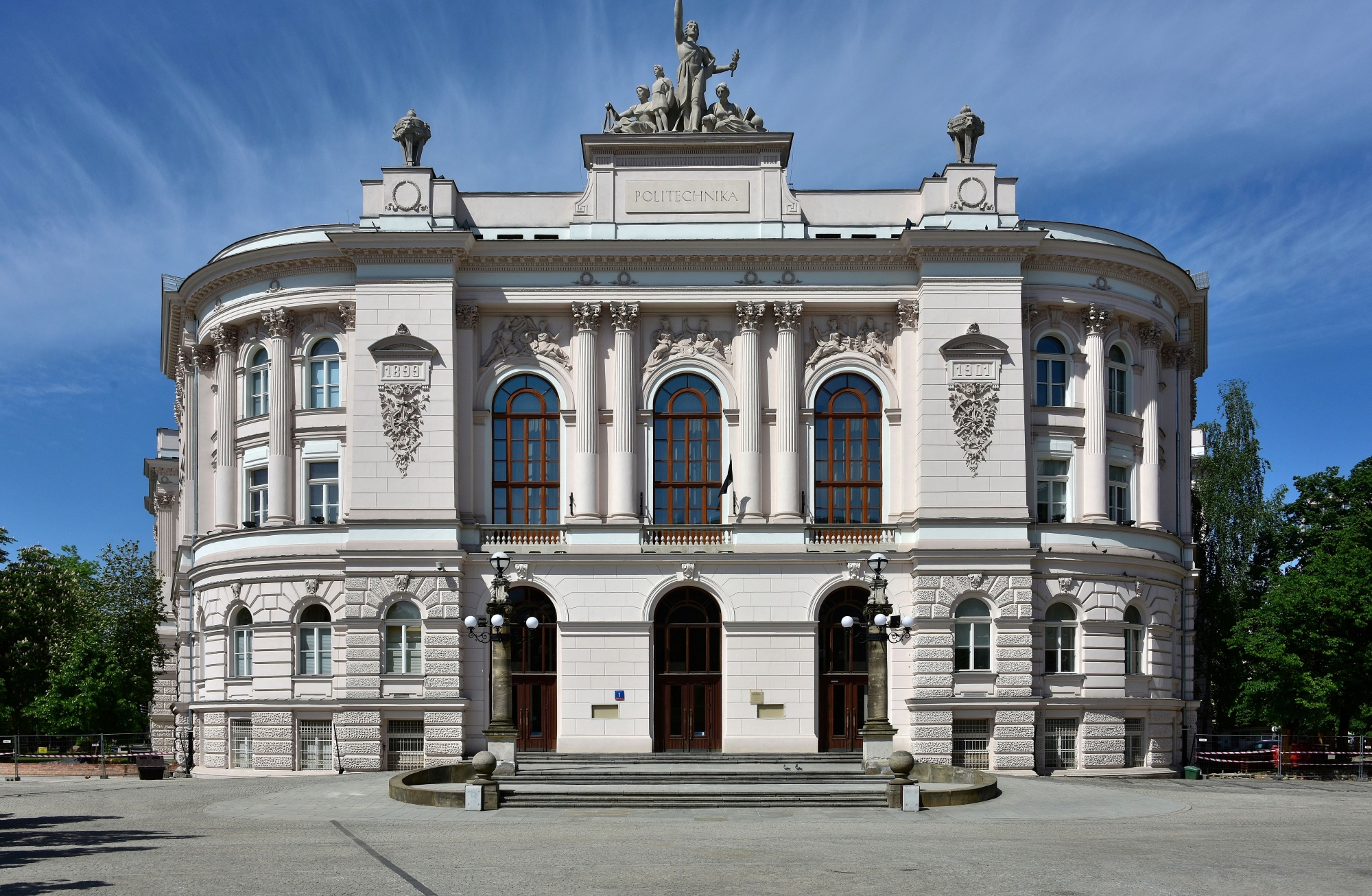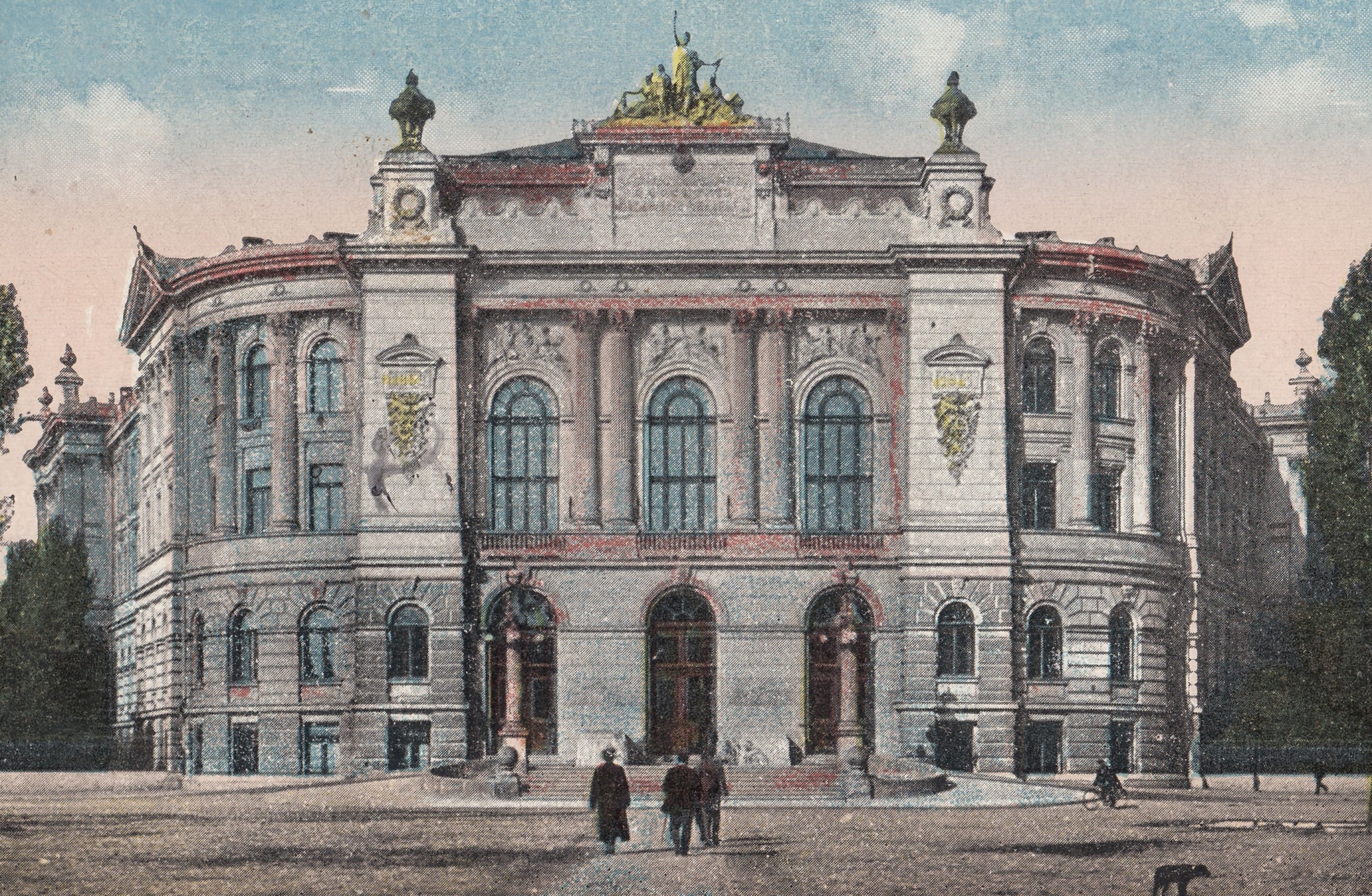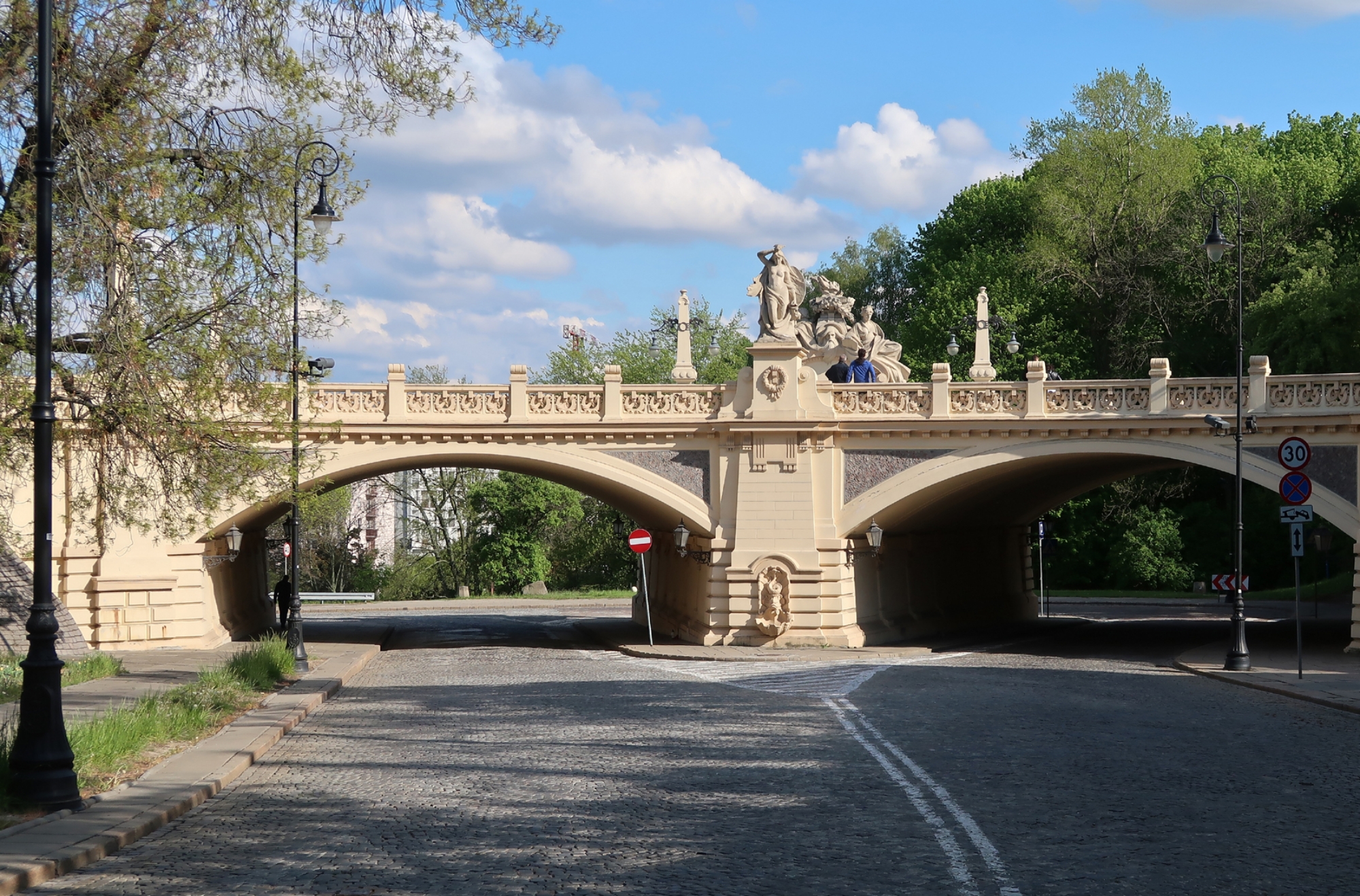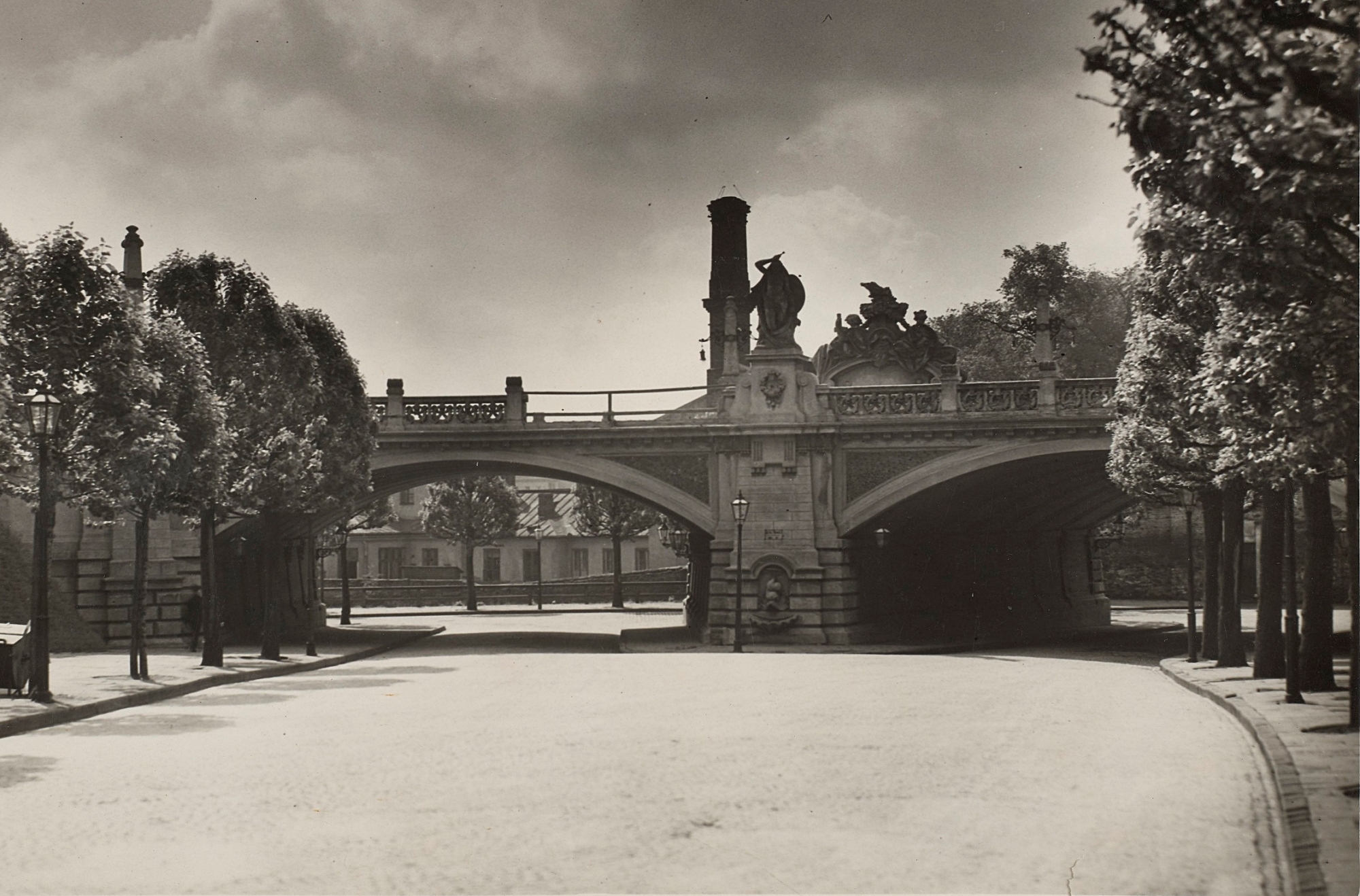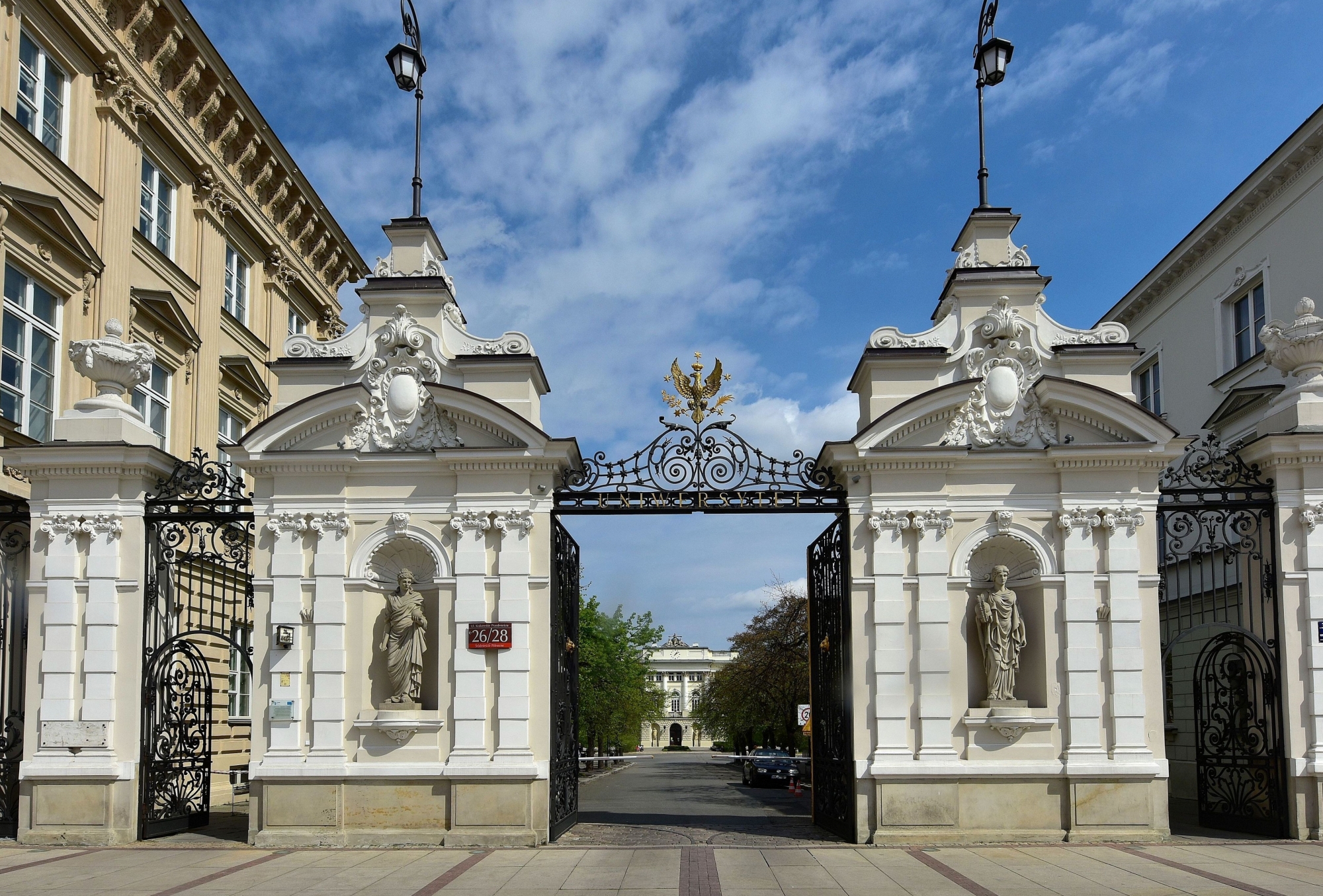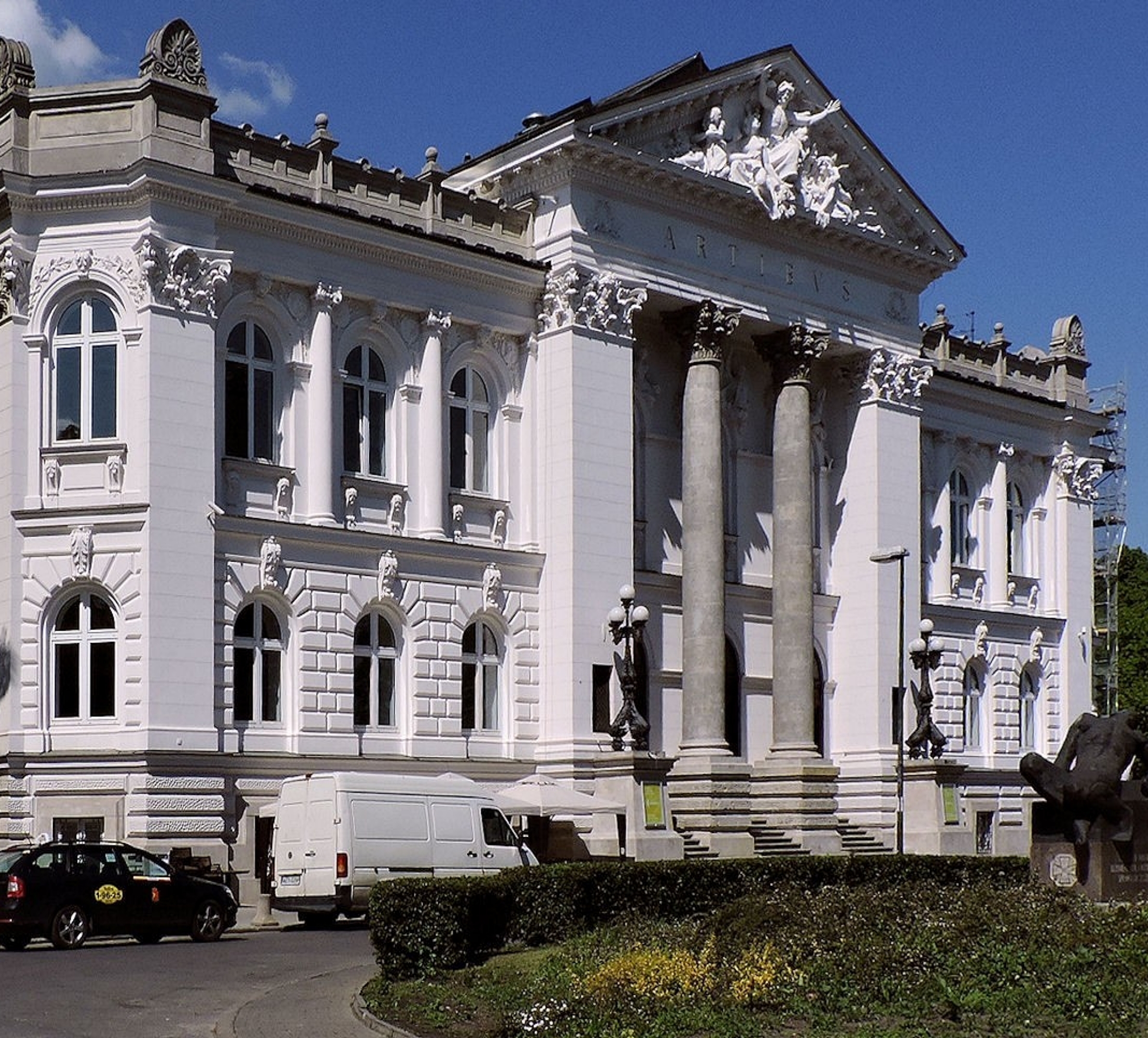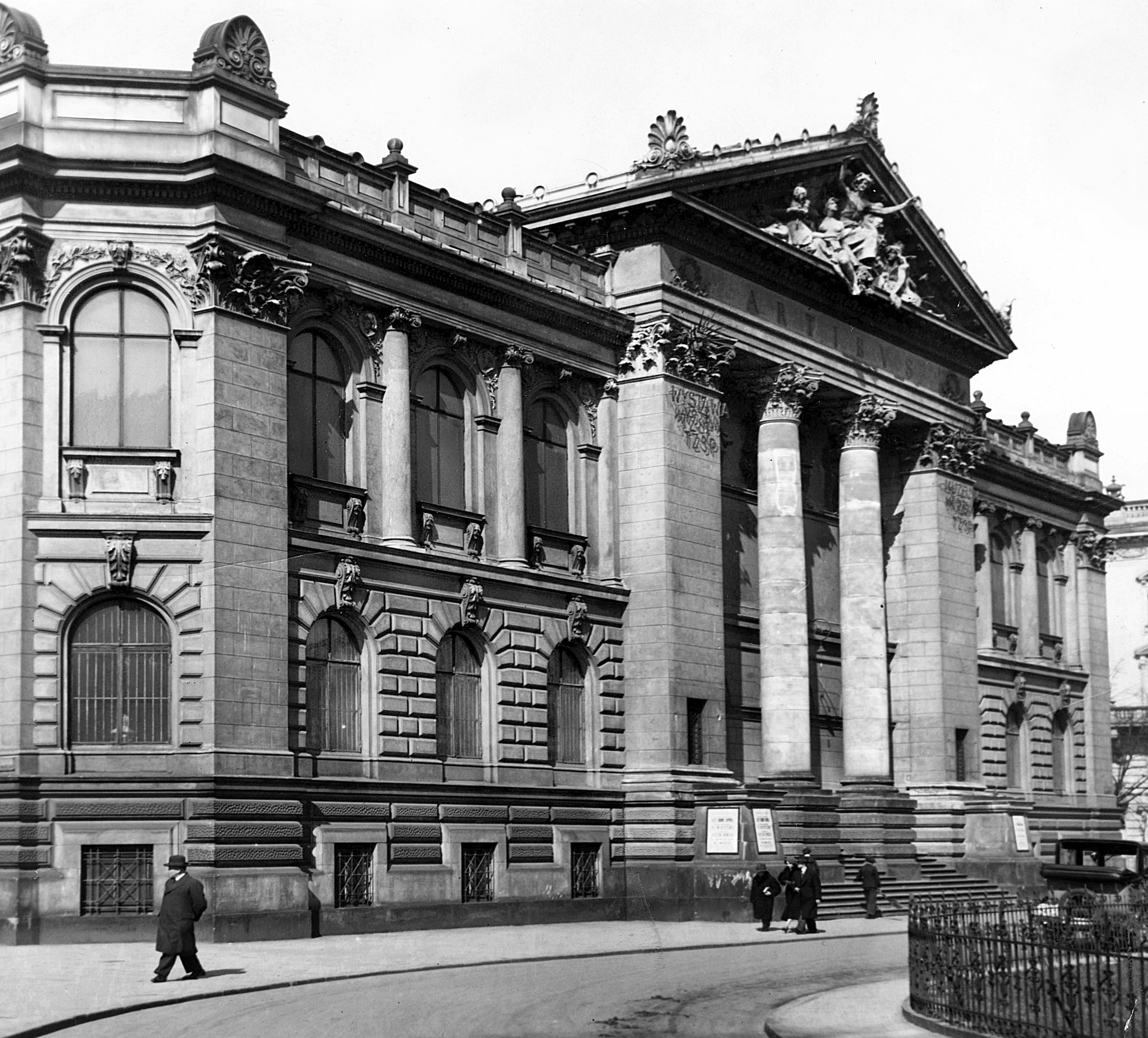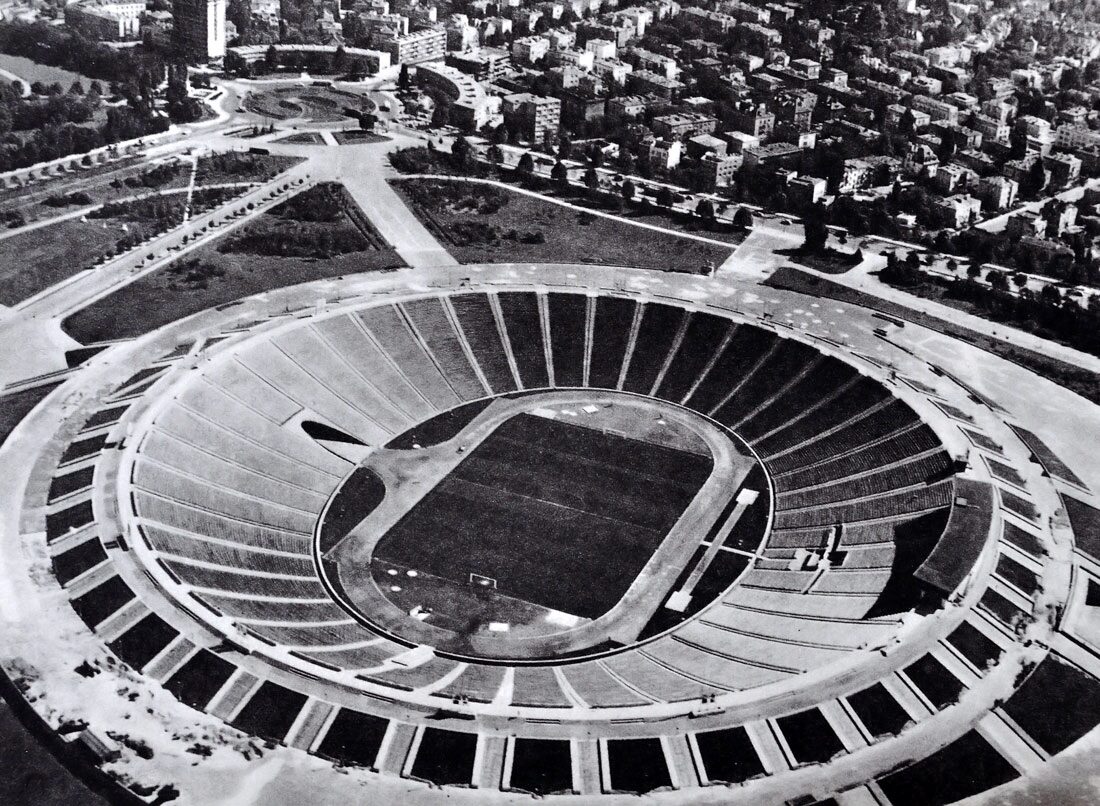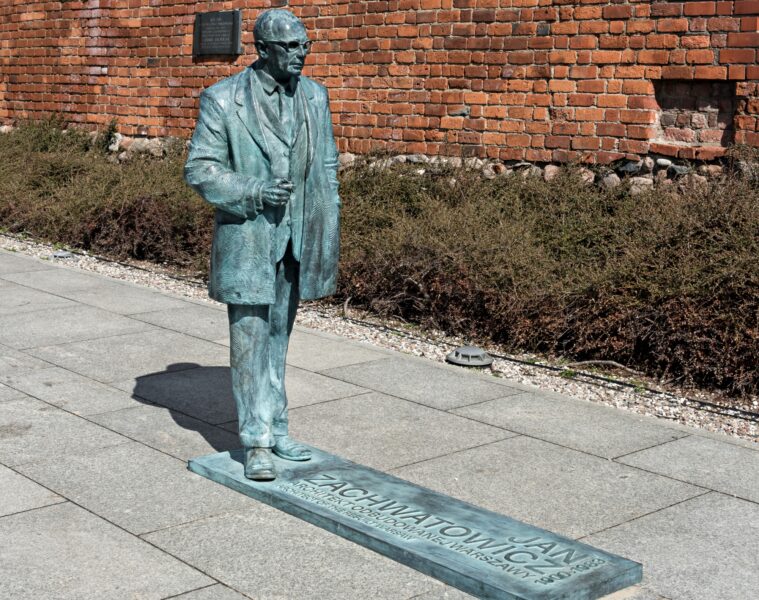Architect Stefan Szyller is one of the most distinguished figures for Warsaw architecture. From under his pencil came the most important and representative buildings, which to this day are the great decoration and pride of the capital. The man was also a conservator of historical buildings, which was not without influence on his work, as he gave his designs historicist features
Stefan Szyller was born in Warsaw on 4 September 1857, the son of Teofil Schüller, also an architect (the surname Schüller is again a Germanised version of the surname Szyller), and Julianna Goebel. The Szyller family probably originated in Germany. His great-grandfather, Franciszek Szyller, born in 1754 in Warsaw, was a jeweller and councillor of the Old Warsaw municipality. Stefan graduated from the Academy of Fine Arts in St Petersburg in 1881 and moved permanently to Warsaw in 1888. His wife was Zofia, née Rymowicz, with whom he had a son and daughters
Stefan Szyller. Photo: Mazovian Digital Library , Public domain, via Wikimedia Commons
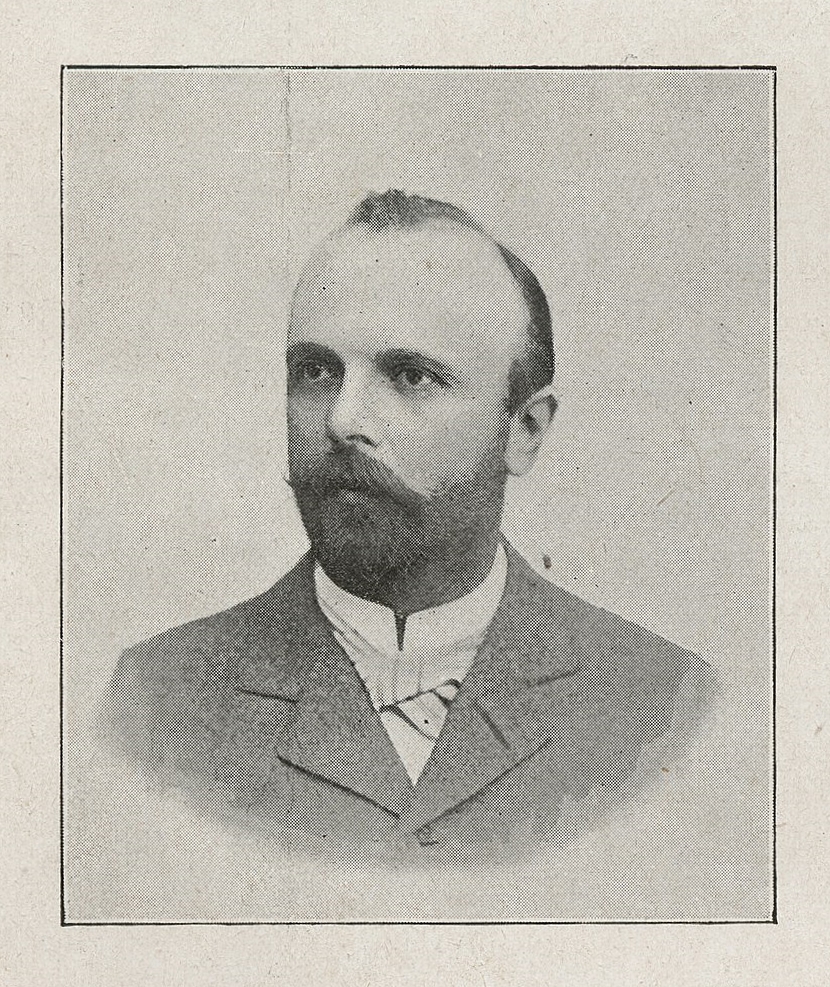
He was a proponent of historical forms – in his work he referred to the Renaissance and Baroque. Between 1906 and 1908, he lectured on architectural compositions as part of the Polytechnic Courses at the Technical Department of the Society of Academic Courses in Warsaw. He was also a member of the TKN, and was one of the organisers of the Museum of Crafts. His more important architectural projects in Warsaw include: the building of the Society for the Encouragement of Fine Arts, the gate and the former library of the University of Warsaw, the building of the Warsaw University of Technology, the neo-Renaissance architectural design of the Poniatowski Bridge in Warsaw (turrets, pavilions, balustrades), the concert hall in the Converse in Ordynacka Street (no longer extant), the building of the Industrialists’ Fund in Zgoda Street, and the Stanislaw Markiewicz viaduct in Karowa Street
Erected between 1895 and 1901, the building of the National Savings Bank (also known as the Warsaw Industrialists’ Loan Bank). 1938 and 2023. Source: National Archives in Warsaw and whiteMAD
The Main Building of the Polytechnic, erected between 1899 and 1901. Ca. 1923 and 2020. source: public domain, via Wikimedia Commons and Adrian Grycuk – Own work, CC BY-SA 3.0 en
The Stanislaw Markiewicz Viaduct, built between 1902 and 1905. 1934 and 2018. source: Polon Digital National Library and Andrzej Otrębski, CC BY-SA 3.0, via Wikimedia Commons
The Main Gate of the University of Warsaw, erected around 1901. 1927 and 2018. source: NAC – National Digital Archive www.nac.gov.pl/ and Adrian Grycuk – Own work, CC BY-SA 3.0 en
The Zachęta National Gallery of Art, built between 1898 and 1900. Source: 1938 and 2019. NAC – National Digital Archive www.nac.gov.pl/ and Robert Drózd, CC BY-SA 3.0, via Wikimedia Commons
In addition, he was the author of designs for more than 100 Warsaw tenements and other buildings, not only in the capital. He received numerous awards, such as the Officer’s Cross of the Order of Polonia Restituta. He published, among others, “Czy mamy polską architekturę” (1925) and “O attykach polskich i wklęsłych dachach” (1909). He died on 22 June 1933 in Kutno. He was buried in Warsaw at the Powązki cemetery
In 2015, the Route of Architectural Creativity of Stefan Szyller was created in the Radom region, where the architect was particularly active in the interwar period. It includes sacred monuments (including the Church of the Sacred Heart of Jesus in Radom, the Church of St Barbara in Pionki, the Church of the Holy Trinity in Białobrzegi), industrial buildings (storage buildings of the former Radom Cigarette Factory) and the urban layout of the Radom Arms Factory estate (built between 1923 and 1926)
Source: polenausfreierwahl.de, mcb.cyfrowemazowsze.pl
Read also: Architects | Urban planning | Monuments | History | Warsaw | Architecture in Poland

